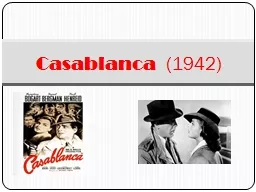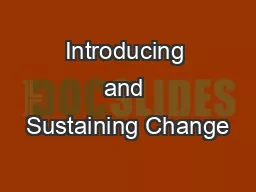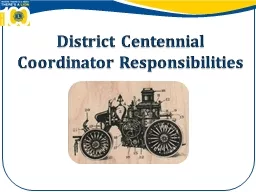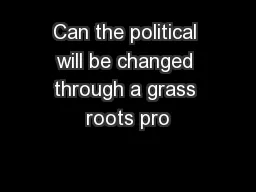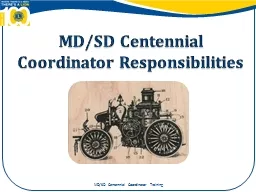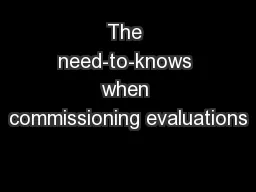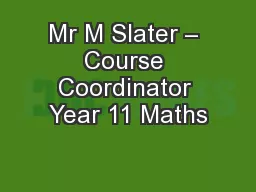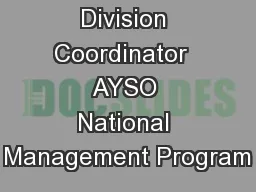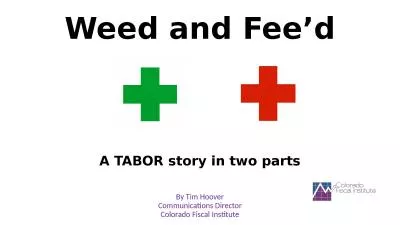PPT-Rick Tabor, Program Coordinator
Author : stefany-barnette | Published Date : 2018-12-04
at Seattle Washingtons Sound Mental Healths Community Networks Program King County Rick has been at SMH since 1989 Rick has been in the mental health field since
Presentation Embed Code
Download Presentation
Download Presentation The PPT/PDF document "Rick Tabor, Program Coordinator" is the property of its rightful owner. Permission is granted to download and print the materials on this website for personal, non-commercial use only, and to display it on your personal computer provided you do not modify the materials and that you retain all copyright notices contained in the materials. By downloading content from our website, you accept the terms of this agreement.
Rick Tabor, Program Coordinator: Transcript
Download Rules Of Document
"Rick Tabor, Program Coordinator"The content belongs to its owner. You may download and print it for personal use, without modification, and keep all copyright notices. By downloading, you agree to these terms.
Related Documents


